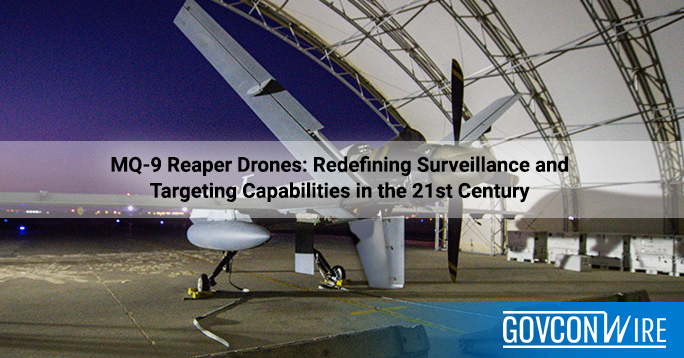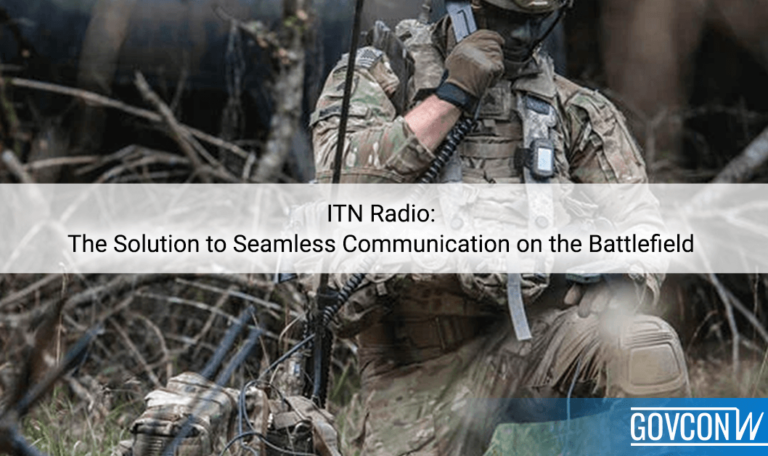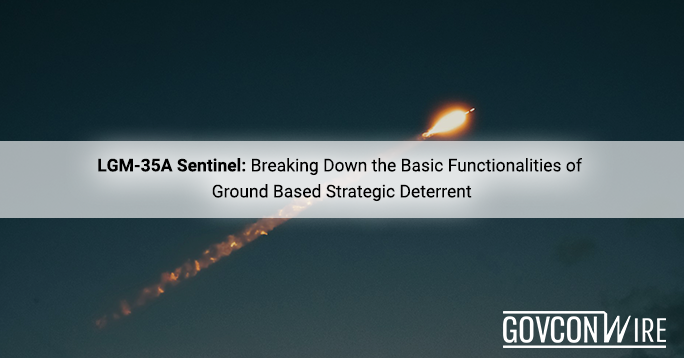The 2023 Homeland Security Summit | Potomac Officers Club is happening on Nov. 15, 2023. Catch your favorite speakers discussing about national security and how they plan to twart foreign threats by clicking here.
The MQ-9 Reaper drones have revolutionized surveillance and targeting capabilities in the 21st century. With advanced technology and impressive range, these unmanned aerial vehicles (UAVs) are game-changers in military operations.
Their unmatched surveillance and targeting capabilities have redefined the way modern warfare is conducted. Let’s find out why they are crucial in ensuring national security in the 21st century.
The evolution of drone technology
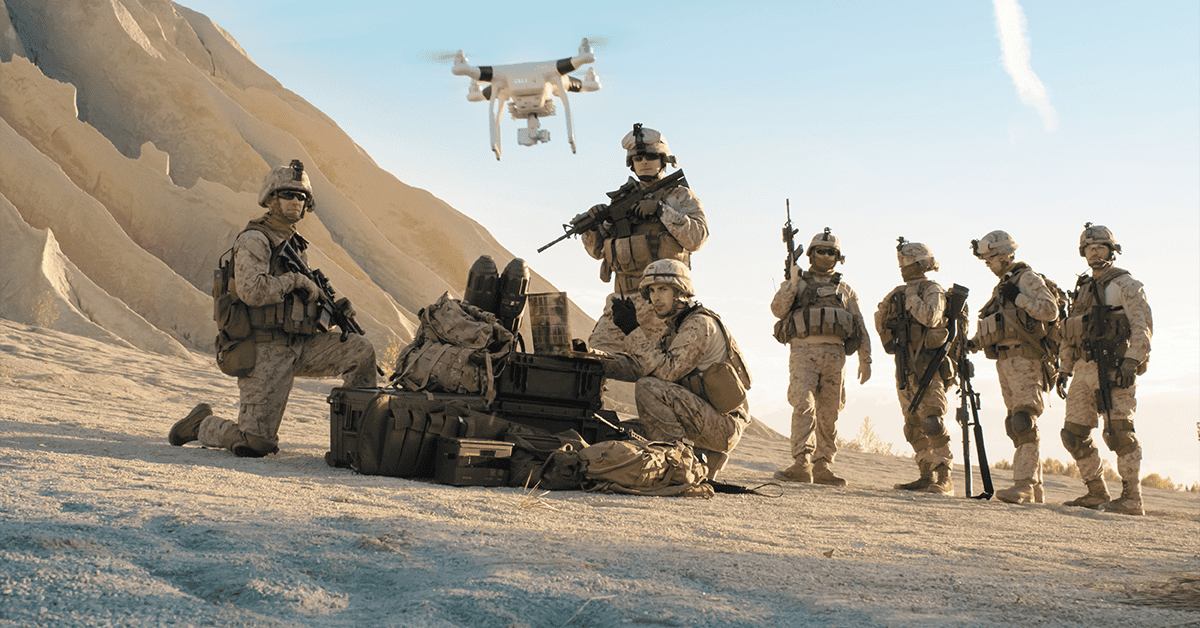
Drone technology has advanced rapidly in recent years, with its applications expanding beyond recreational and military use. Also referred to as unmanned aerial vehicles (UAVs), drones became essential tools across various industries like agriculture, emergency response, and infrastructure inspection. The future of drones is quite promising as it graduates into becoming more innovative and versatile.
The use of drones started back in the early 20th century, the time when the military began experimenting using pilotless aircraft. But it wasn’t until the next century that these UAVs became accessible to the public. Today, drones are now smaller, refined, easy to operate, and more affordable. Professionals and other hobbyists have grown fond of them.
Among the most noteworthy developments in drone technology is the integration of AI and machine learning. Advancements have indeed allowed drones to be more autonomous, able to make decisions, and can perform tasks remotely. For example, AI-powered drones have the ability to identify objects, tracking moving targets is not a problem, and navigating complex environments can be as smooth as silk.
Despite the benefits drone technology provides us, challenges and concerns appear and they have to be addressed. Privacy and security issues among them, there is a tendency for others to misuse the innovative tools. Therefore, a strict standard for drone operation must be in place as it is critical in maintaining its safe and responsible integration into our way of life.
Drones are not only integrated within our daily lives, it is deeply embedded in the country’s military strategy like the MQ-9 Reaper Drones. Let us learn more about this powerful stealth weapon.
MQ-9 Reaper Drones: Key features
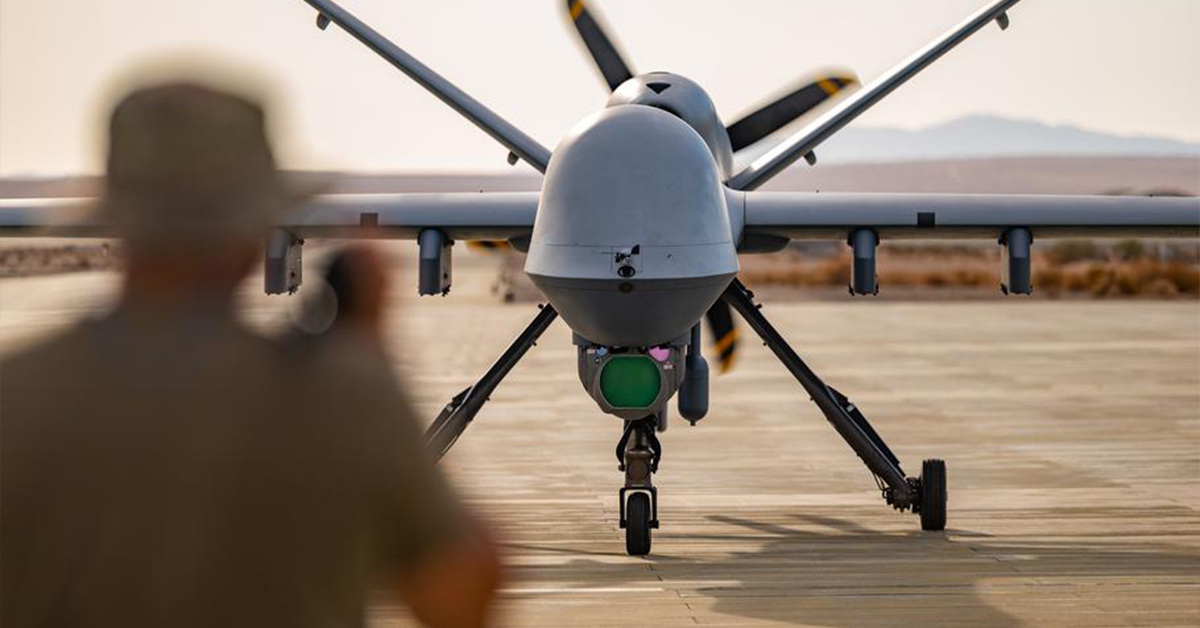
The U.S. Air Force suggested building the MQ-9 Reaper system to answer the Department of Defense’s directive to support overseas contingency operations initiatives. This is larger and mightier than its predecessor, the MQ-1 Predator.
Additionally, it is intended to carry out time-sensitive targets with precision to destroy or disable specific targets. The “M” stands for multi-role, and the “Q” denotes its remotely-piloted system. On the other hand, the “9” indicates the series of this UAV system.
The Reaper is a fully operational system consisting of sensors and weapons, ground control station, Predator Primary Satellite Link and spare equipment. These come along with maintenance and operation crews, deployed for 24-hour missions.
With a rated pilot controlling the aircraft and commanding the mission, an enlisted aircrew member is needed to assist in operating the sensors and guiding the weapons. Its baseline carries the Multi-spectral Targeting System (MTS), with its robust string of visual sensors used for targeting.
This system integrates the infrared sensor, color, and monochrome daylight TV cam, laser designator, laser illuminator, and shortwave infrared camera. The full-motion recording from each of the sensors may be viewed in a fused or separate video stream.
This powerful unit also has a laser rangefinder/designator which can precisely determine targets when using laser-guided munitions, like the Guided Bomb Unit-12 Paveway II. With a synthetic aperture radar, MQ-9 Reaper Drones can also use up to eight laser-guided missiles and Air-to-Ground Missile-114 Hellfire.
The best part is it can be disassembled fast and loaded into a single container for location deployment. A C-130 Hercules or a larger aircraft can transport the Reaper drone without a fuss.
The MQ-9 has been modified for an extended range of operations by adding external fuel tanks that provide greater on-station time and longer range. An extra blade to the propeller and an alcohol-water injection system were added for enhanced takeoff performance.
General characteristics of MQ-9 Reaper Drones (as of March 2021)
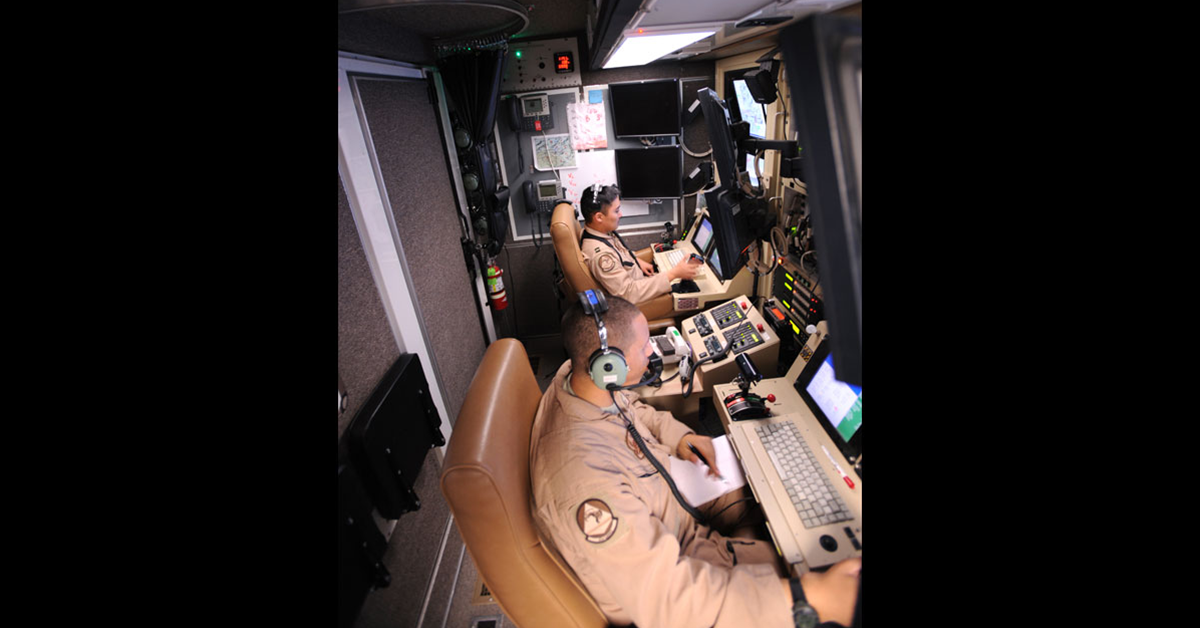
- Function: To be used for iIntelligence collection to support a strike strategy, coordination, and reconnaissance missions
- Manufacturer/contractor: General Atomics Aeronautical Systems, Inc.
- Power Plant: Honeywell TPE331-10GD turboprop engine
- Force: 900 shaft hp maximum
- Wingspan: 66 ft (20.1 m)
- Height: 12.5 ft (3.8 m)
- Length: 36 ft (11 meters)
- Weight: 4,900 lbs (2,223 kgs) empty
- Takeoff weight (max): 10,500 lbs (4,760 kgs), ER: 11,700 lbs (5,307 kgs)
- Maximum Speed: 240 KTAS
- Payload: 3,750 lbs (1,701 kgs)
- Range: 1,150 mi (1,000 NM)| ER:1,611 mi (1,400 NM)
- Fuel Capacity: 4,000 lbs (602 gals) | ER: 6,000 lbs (903 gals)
- Maximum Altitude Reach: Up to 50,000 ft (15,240 m)
- Armament: A combination of munitions such as AGM-114 Hellfire missiles, GBU-38 Joint Direct Attack Munitions, GBU-54 Laser Joint Direct Attack MunitionsGBU-12 Paveway II and GBU-49 Enhanced Paveway II.
- Remote Crew: Two pilots — control and sensor operator
- Unit Cost: $56.5 million (inclusive of four aircraft with sensors, one ground control station, Predator Primary satellite link) (as of FY 2011)
- Inventory: As of 3/2021, AFSOC, 50
Click here to register for the 2023 Homeland Security Summit sponsored by Potomac Officers Club on Nov. 15, 2023.
Challenges in the use of MQ-9 Reaper drones
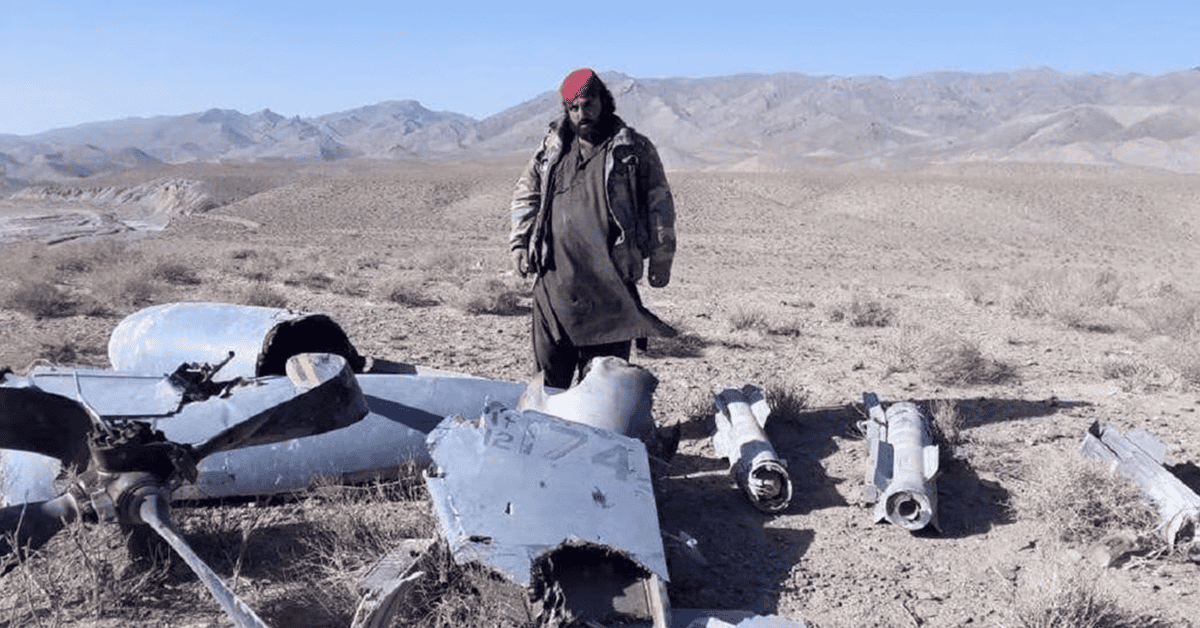
The sensor and weapons potential of drones have evolved in over twenty years’ time, but fundamental issues with their employment methodology remained.
Before the Ukraine-Russia conflict, for example, it was found that the TB-2, MQ-1, as well as the MQ-9 Reaper Drones lacked survivability. This is one of the reasons why upgrades are ongoing. The DoD is pushing for changes that will make the drones more resilient to attacks and other vulnerabilities.
Reports from international news platforms swarmed online and offline publications describing how Houthi rebels shot down Reapers. Another infamous incident was Iran’s claim of shooting down the high-altitude surveillance MQ-4 drone back in 2019.
Comparison between the MQ-9 Reaper and other military drones
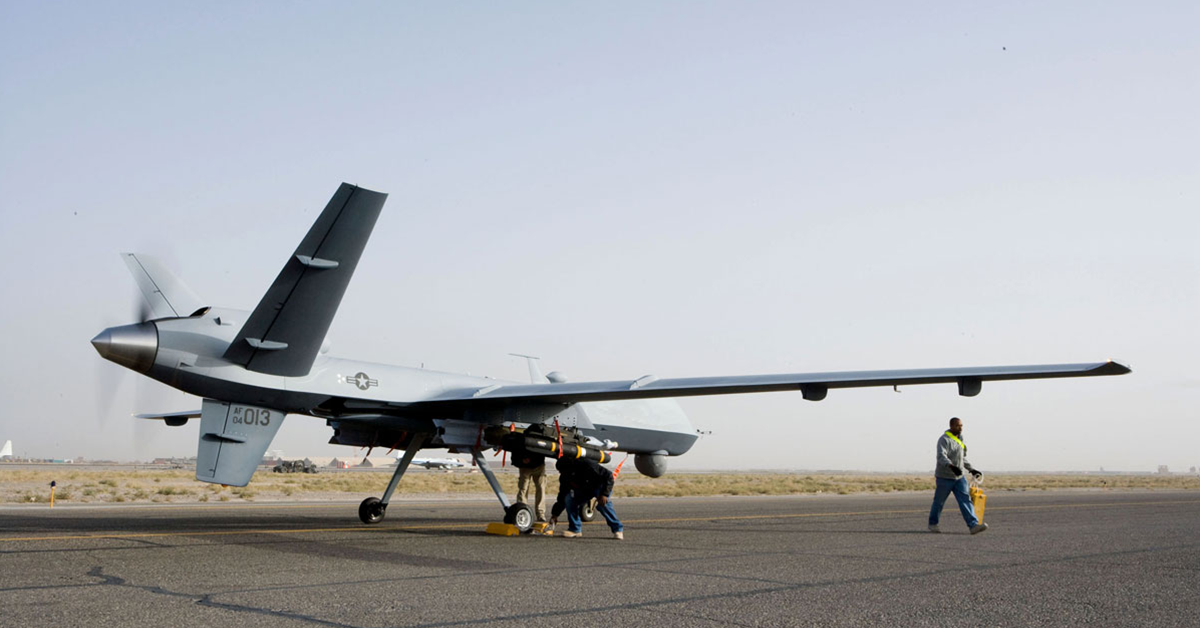
UAVs have revolutionized the military and surveillance operations of powerful countries. These drones offer enhanced capabilities and flexibility. The most prominent UAVs during these times are the Bayraktar TB2, Orion, Wing Loong 2, and the MQ-9 Reaper drones.
The MQ-9, developed by General Atomics Aeronautical Systems in the US and Bayraktar TB2 by Turkish company Baykar, are stand-outs. These unmanned platforms showed excellent operational effectiveness and performance, so far.
Nevertheless, let us not forget the technological advancements made by the everlasting copycat China. It has developed its own model, the Wing Loong 2, which appears to be very identical to the MQ-9 Reaper drones.
Last July and August of this year, North Korea and Iran respectively released some photos of their own drones. Both of them look similar to the US Reaper drones as well. While Iran’s drone has already a name, Mohajer 10, North Korea still hasn’t named its own.
U.S. analysts have this to add: They are saying that the design lacks engine power build-up. It was also noted that it cannot compare to the flight range of the US model. But let us be mindful that China has technology in its hands and minds and it has a persevering slew of technical aerospace engineers that can work to match the US drones.
Future developments and potential enhancements for the MQ-9 Reaper drone
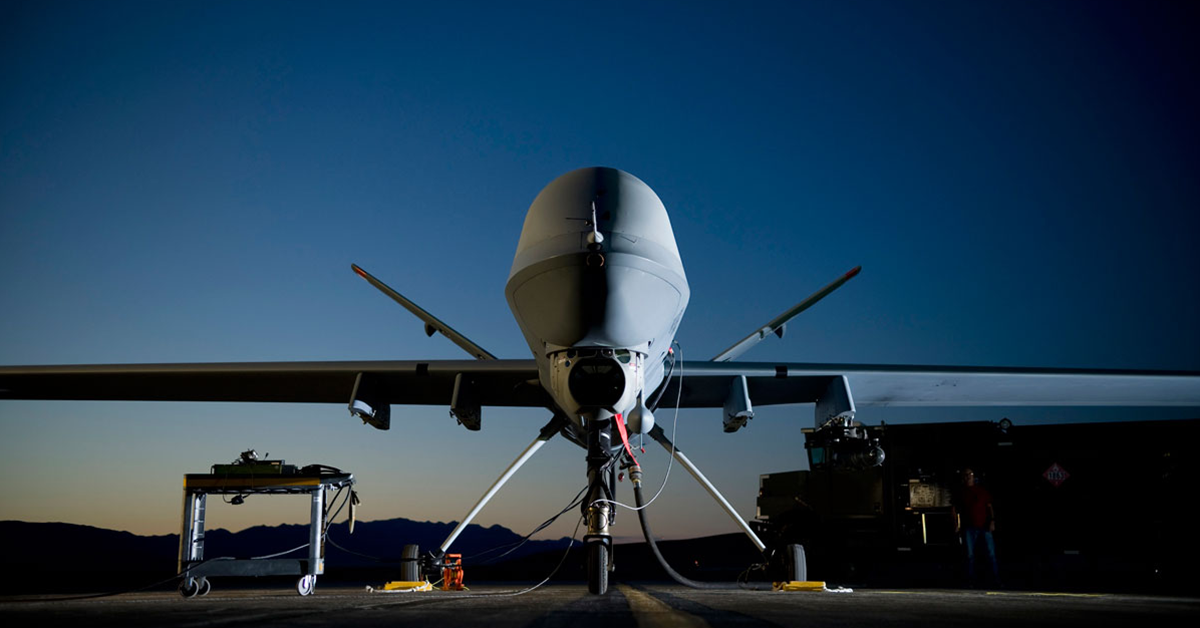
The US Air Force (USAF) started upgrading some parts of its General Atomics Aeronautical Systems MQ-9 Reaper drone fleet. These updates will keep the UAVs effective against its near-peer adversaries, such as that of China’s Wing Loog 2 and the Russian Orion drone.
These intelligence, surveillance, and reconnaissance aircrafts were originally built for operations against terrorists and insurgents. However, they showed vulnerability toward surface-to-air missile artillery fielded by more sophisticated models.
Also, its payloads were focused on resisting insurgents and terrorists which is irrelevant against modern military maneuvers. With these drawbacks in mind, the USAF started retooling its UAV.
“The air force will award the first delivery order of planned MQ-9 Multi-Domain Operation (M2DO) aircraft – which will include several new upgrades from previous production builds – to General Atomics Aeronautical Systems in April 2021,” the service said.
“The air force is also retrofitting a portion of the already fielded MQ-9 fleet to the same M2DO configuration, allowing the air force to leverage current fleet numbers to meet future warfighter requirements through the service life of the aircraft.”
The MQ-9 Reaper Drones program office is almost done with initial fleet upgrades to reduce the threat that usually happens when there is command and control jamming. This enables extra resilience and assurance while the UAV is airborne.
“Working with Air Combat Command and other stakeholders, the MQ-9 enterprise will add new capabilities to the platform to help ensure the MQ-9 is able to support these missions in the threat environment we envision,” said Lt. Col. Nick Jordan, the retrofit materiel leader for the MQ-9 drones production.
Another upgrade is the increase in electrical power for MQ-9 reaper drones. Development is ongoing for a new open architecture specific for this UAV. These quickly integrate new payloads when responding to new threats. In addition, the USAF plans to upgrade its electro-optical/infrared camera and add the types of weapons on board.
In a recent development, General Atomics demonstrated an airborne MQ-9 carrying a countermeasure pod that can protect it against surface-to-air missile attacks. On the other hand, the USAF is toying with the idea of utilizing the UAV to track ballistic missile launches and shoot down approaching cruise missiles.
Furthermore, the service is finding ways to use MQ-9 reaper drones for longer lasting surveillance of China and Russia. In February of 2022, the UAVs were deployed to Romania, where they flew sorties near the Russian border. It had already shown its usefulness in the battle arena.
The USAF relies on these upgrades to keep MQ-9 Reaper drones relevant until the last day of 2035, its projected service life. Eventually, the USAF will have already had a stealthier replacement designed to counter imminent threats from non-friendlies.
As of this writing, the aircraft dubbed as MQ-Next is in its early stages of development.


